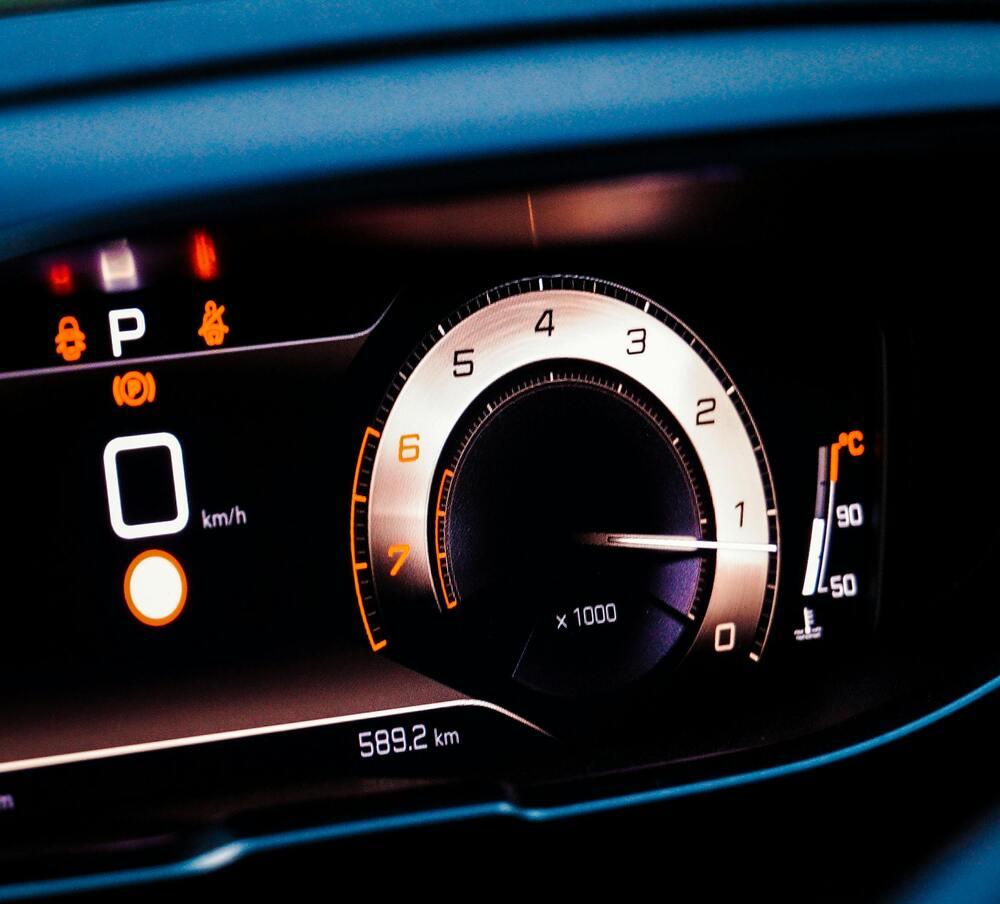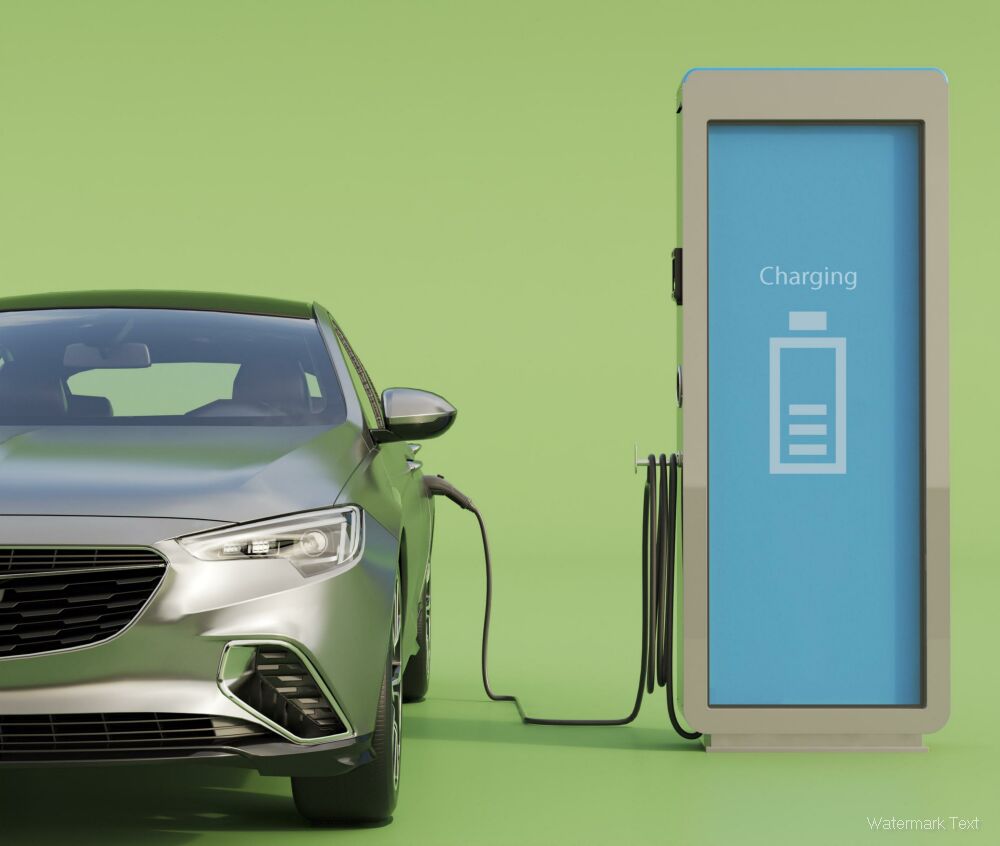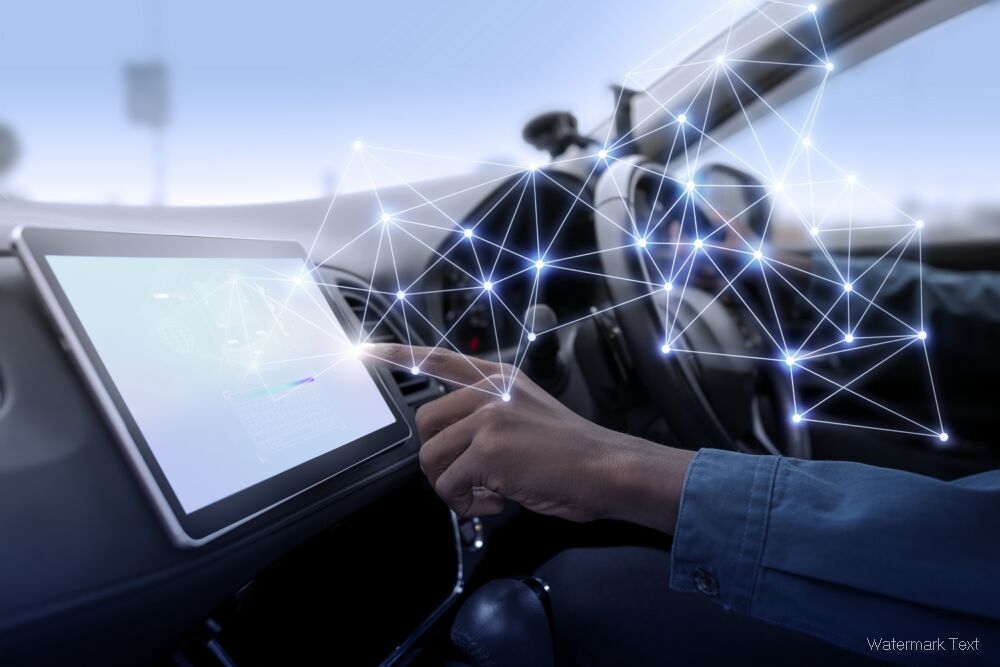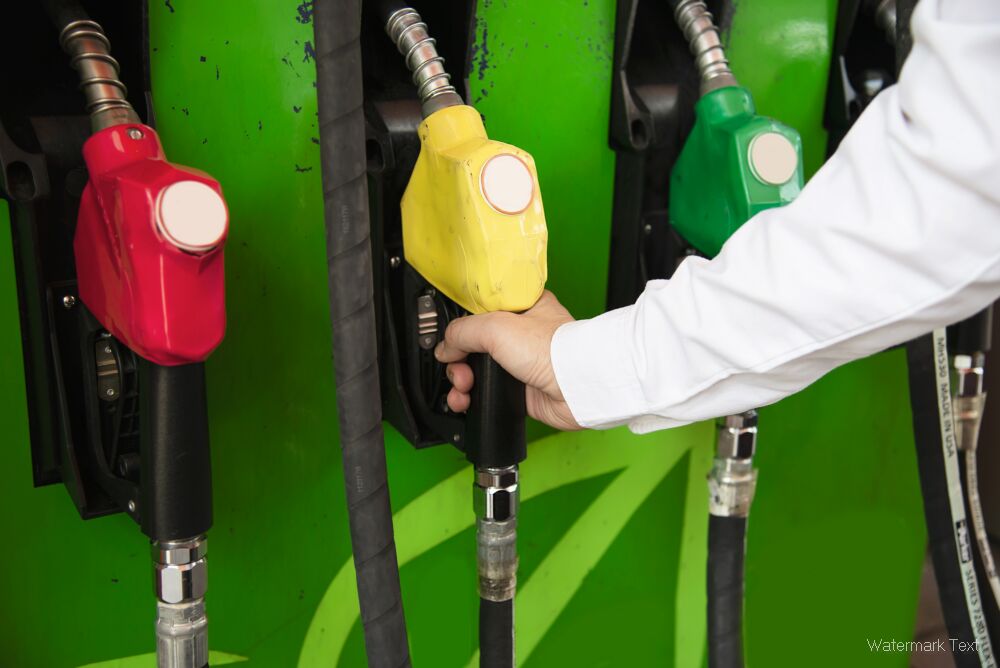As the world races towards a future dominated by autonomous vehicles (AVs), the conversation around their safety has never been more critical. With the promise of reduced accidents and improved traffic efficiency, the challenges that come with ensuring the safety of these vehicles are equally significant. ?? In this blog, we will explore the current landscape of AV safety, the challenges faced, and the innovative solutions being developed to address these issues.

The Current State of Autonomous Vehicle Safety
The autonomous vehicle industry is rapidly evolving, with numerous companies investing heavily in research and development. According to a report by the International Transport Forum, the global market for autonomous vehicles is expected to reach $557 billion by 2026. This growth is accompanied by a pressing need to ensure that these vehicles are safe for public use.
Key Statistics on AV Safety
- Accident Reduction Potential: Studies suggest that AVs could reduce traffic accidents by up to 90%. This is primarily due to the elimination of human error, which is responsible for approximately 94% of all traffic accidents.
- Testing Miles: As of 2023, companies like Waymo and Tesla have logged over 20 million miles of autonomous driving in real-world conditions. This extensive data collection is crucial for improving safety algorithms.
- Public Perception: A survey conducted by the Pew Research Center found that only 20% of Americans feel comfortable riding in a fully autonomous vehicle, highlighting the need for increased public trust and safety measures.
Challenges in Ensuring AV Safety
Despite the promising statistics, several challenges remain in ensuring the safety of autonomous vehicles:
-
Technological Limitations: Current sensors and algorithms may struggle in complex environments, such as heavy rain or snow. This can lead to misinterpretations of surroundings, increasing the risk of accidents.
-
Cybersecurity Threats: As AVs become more connected, they also become more vulnerable to hacking. A successful cyberattack could compromise vehicle safety and user privacy.
-
Regulatory Hurdles: Different countries and states have varying regulations regarding AV testing and deployment. This patchwork of laws can hinder the development and implementation of safety standards.
-
Public Acceptance: Gaining public trust is essential for the widespread adoption of AVs. High-profile accidents involving autonomous vehicles can significantly impact public perception and acceptance.
Solutions to Enhance AV Safety
To address these challenges, several innovative solutions are being explored:
-
Advanced Sensor Technology: Companies are investing in LiDAR, radar, and camera systems that provide a 360-degree view of the vehicle's surroundings. This technology can significantly improve the vehicle's ability to navigate complex environments safely.
-
Robust Cybersecurity Measures: Implementing end-to-end encryption and regular software updates can help protect AVs from cyber threats. Companies like Tesla are already employing over-the-air updates to enhance vehicle security continuously.
-
Standardized Regulations: Collaborating with governments to create standardized regulations can streamline the testing and deployment of AVs. Organizations like the National Highway Traffic Safety Administration (NHTSA) are working towards establishing comprehensive guidelines.
-
Public Education Campaigns: Educating the public about the safety features and benefits of AVs can help build trust. Initiatives that allow people to experience AVs firsthand can also alleviate fears.
Comparative Analysis of AV Safety Features
To better understand the advancements in AV safety, let's take a look at a comparative analysis of safety features from leading companies in the industry:
| Company | Key Safety Features | Testing Miles (Million) | Public Trust Rating (%) |
|---|---|---|---|
| Waymo | LiDAR, 360-degree cameras, AI algorithms | 20 | 25 |
| Tesla | Autopilot, over-the-air updates, radar | 15 | 30 |
| Cruise | Advanced sensor fusion, real-time mapping | 10 | 20 |
| Aurora | Machine learning, predictive analytics | 5 | 15 |
Future Outlook
The future of autonomous vehicle safety is promising, but it requires a concerted effort from manufacturers, regulators, and the public. As technology continues to advance, the potential for safer roads becomes more attainable. By addressing the challenges head-on and implementing innovative solutions, we can pave the way for a safer, more efficient transportation system.
In conclusion, while the journey towards fully autonomous vehicles is fraught with challenges, the solutions being developed today are laying the groundwork for a safer tomorrow. For more insights on the future of transportation, check out resources from the National Highway Traffic Safety Administration and the International Transport Forum. Together, we can drive towards a future where autonomous vehicles are not just a dream, but a safe reality. ?✨



